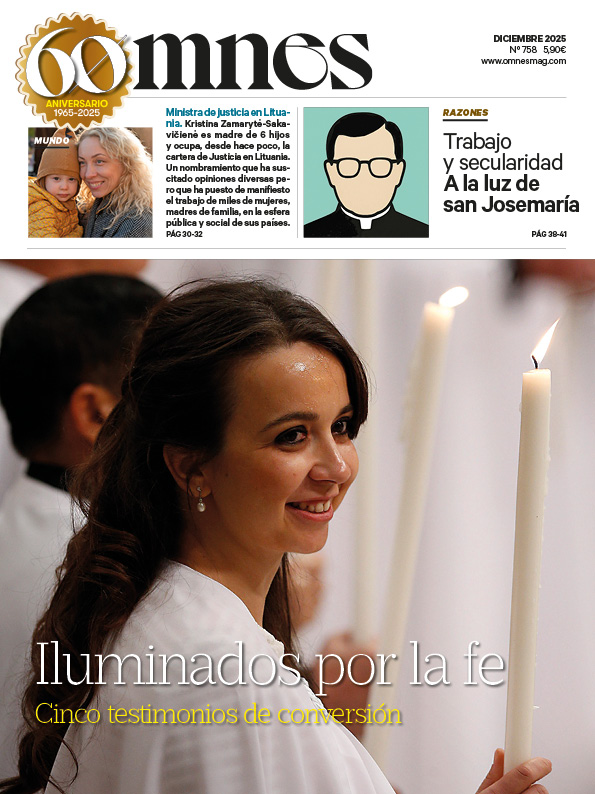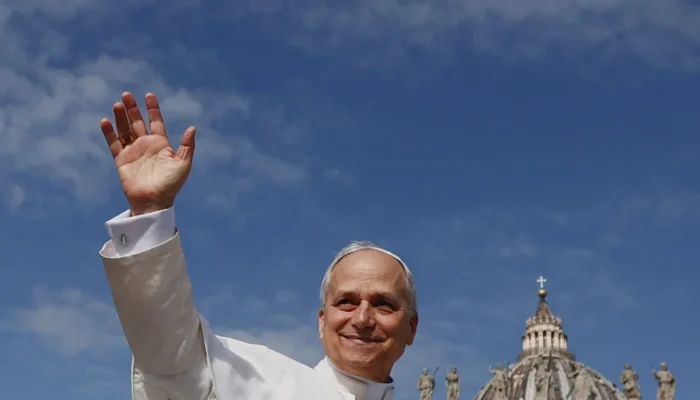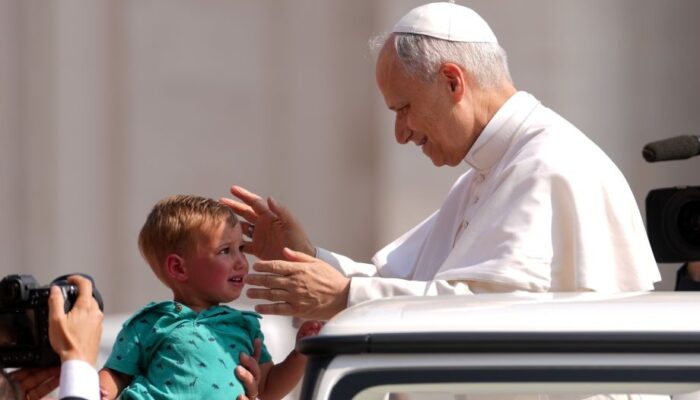Today, August 6, 2025, marks the 80th anniversary of the dropping of the atomic bomb on Hiroshima, a tragedy that marked the history of humanity and caused the death of more than 100,000 people. However, amidst the destruction and horror, a surprising event emerged that has been remembered as the "miracle of Hiroshima": the inexplicable survival of four German Jesuit priests, who were barely one kilometer from the epicenter of the explosion.
At 8:15 a.m. on the morning of August 6, 1945, the "Little Boy" bomb, dropped by the B-29 bomber Enola GayThe earthquake devastated the city. Two-thirds of the buildings disappeared instantly and tens of thousands died within seconds or in the following weeks from burns and radiation exposure.
In the midst of that inferno, Fathers Hugo Lassalle, Hubert Schiffer, Wilhelm Kleinsorge and Hubert Cieslik, members of the Jesuit mission in Hiroshima, were in the parish house of the Church of Our Lady of the Assumption, one of the few buildings left standing, albeit badly damaged.
No radioactive effects
None were seriously injured, but the doctors who treated them days later warned them of the inevitable effects of radiation. Nevertheless, the four Jesuits lived for decades without developing any bomb-related illnesses.
Although science has not offered a definitive explanation for their survival without sequelae, this fact continues to be remembered with awe by believers and scholars as a sign of hope in the midst of disaster. Today, eight decades later, Hiroshima honors the victims and also remembers the story of these four men who, according to many, lived under the shelter of faith and providence.
The miracle of Nagasaki
On August 9, 1945, a second atomic bomb fell, this time on Nagasaki. In the midst of that tragedy, the Franciscan friary founded by the future martyr and saint, St. Maximilian Kolbe, remained standing.
Built in 1930 on a hillside of Mount Hikosan, the convent was spared the destruction caused by the "Fat Man" bomb that instantly killed between 40,000 and 75,000 people. The city of Nagasaki, the most Catholic city in Japan, also lost 8,500 of the 12,000 parishioners of its cathedral. Even so, the Franciscan convent remained miraculously intact.
Maximilian Kolbe, who arrived in Japan without resources or knowledge of the language, chose the place for its low cost, following his vow of Franciscan poverty. There he founded a missionary community, launched a Marian magazine in Japanese and built a grotto inspired by Lourdes, which is still a place of prayer today.
Although Kolbe returned to Poland before the war and died in Auschwitz in 1941, his legacy lives on in the monastery, which still houses friars, publishes his journal and receives pilgrims.








